Valtellina has been a land of wine makers since ancient times. Its favourable position, southern exposure on the Rhaetian side and protection from the winds thanks to the majestic Alps, generate a special and almost unique climate, which over the centuries has incentivised local inhabitants to dedicate over 40 km of land between Ardenno and Tirano to vine farming. The famous terraces of Sondrio, carved into the rocky side of the mountain, give rise to the fine wines of Valtellina.
Vinification is a long and complex process, however its most vital ingredients are within everyone's reach: time and nature.
Both invaluable factors bring to fruit man's meticulous work, first in the vine fields and then in various steps of production, culminating in the most precious of fruits: wine. The long tradition of our winery has taught us to value the contribution of natural elements and to dedicate the utmost attention to vinification techniques so as to produce quality wines of excellent structure and unmistakable fragrances.
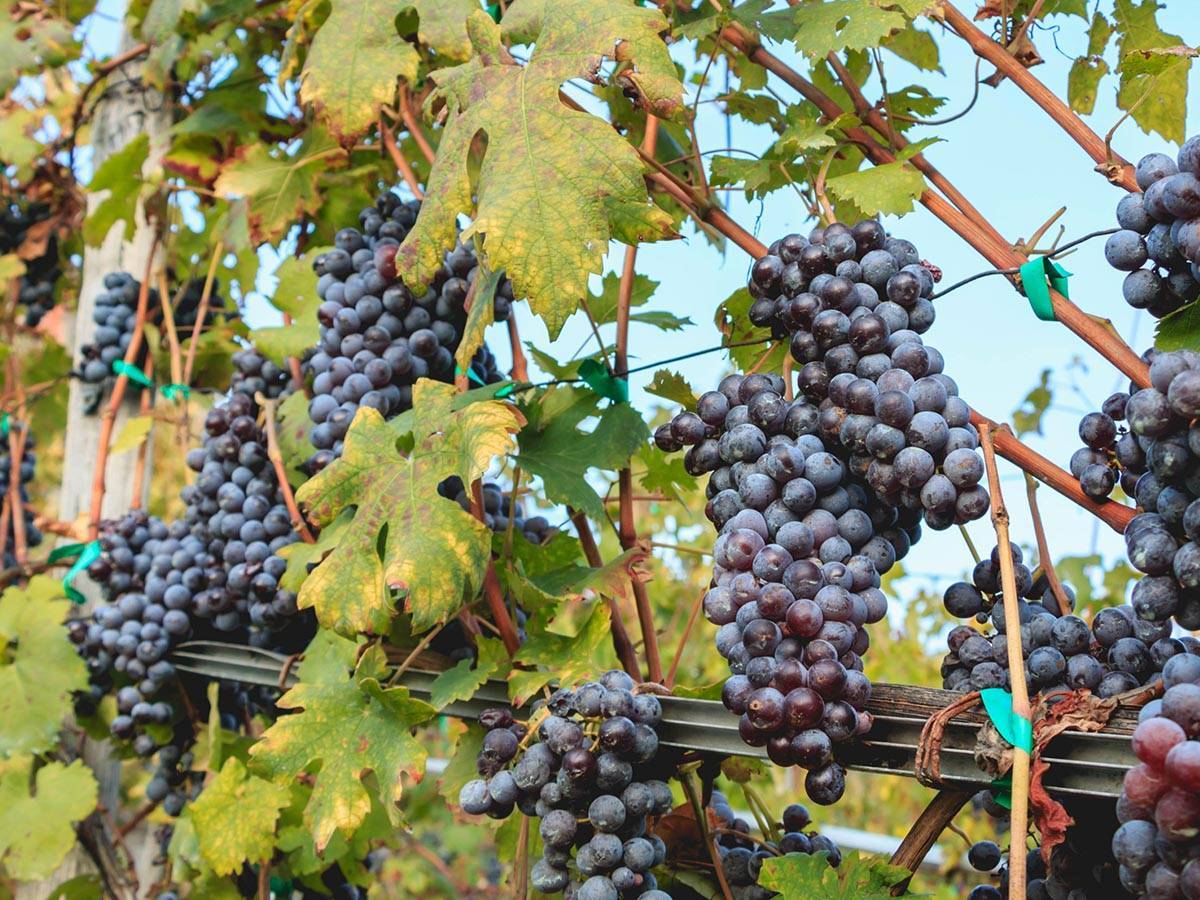
Work in the vine fields constitutes the fundamental basis for the entire process. The vines which bear 100% nebbiolo grapes on the slopes of Valtellina from Sondrio to Tresenda di Teglio, are terraced with typical dry stone hand-made walls, just like in old times. A difficult task, all the more arduous considering the characteristics of this land carved out from rock faces. Often described as heroic vine farming, we prefer to describe it in terms of passion and dedication, as testified by the hours of work spent nurturing every single plant, strictly without the use of herbicides.
This is the price which must be paid for the grapes of Valtellina, a sacrifice we willingly make to produce excellent wines.
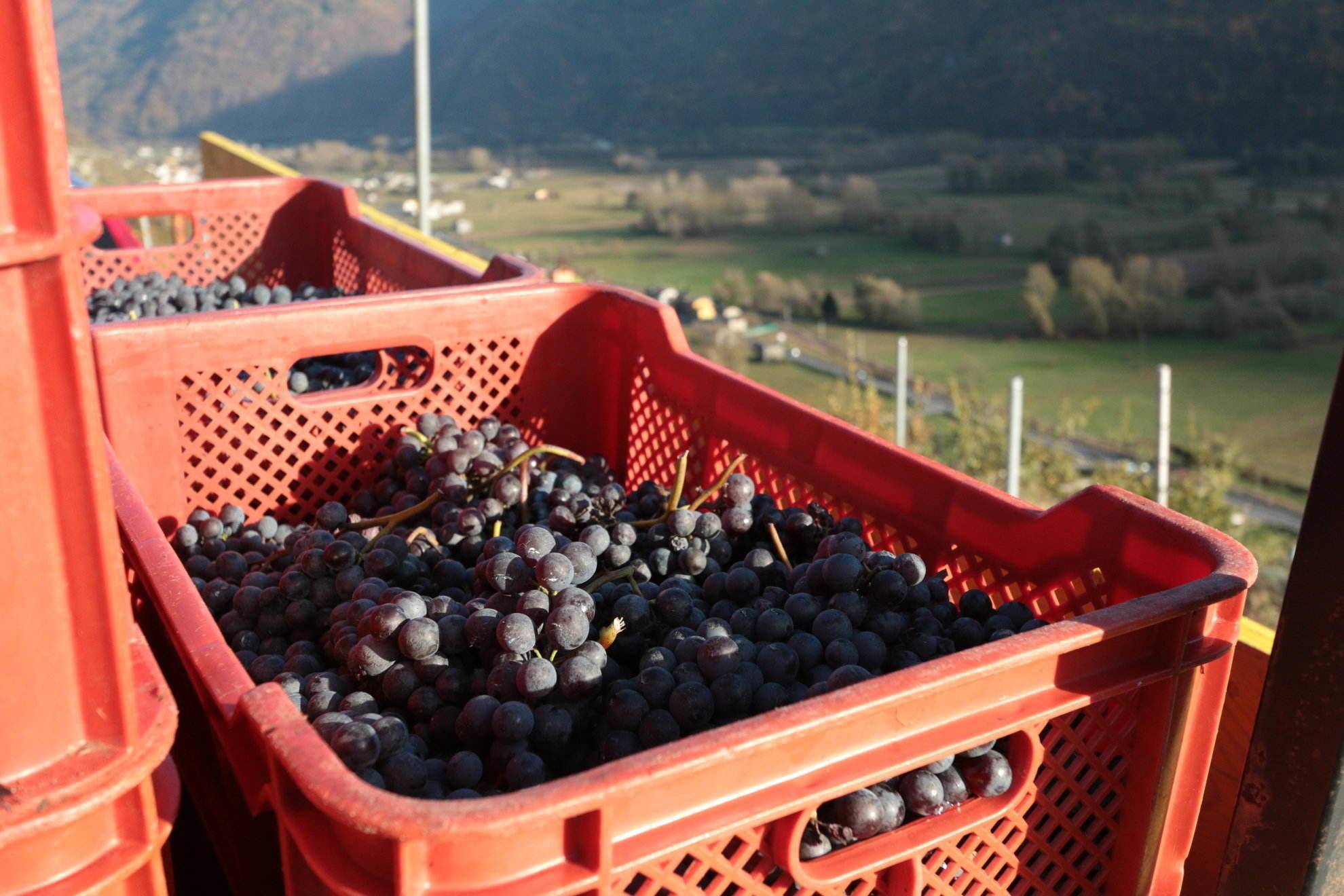
Harvesting is the culmination of work in the vine fields, making all of man's endeavours worthwhile, with the fundamental contribution of nature which adds colour to vines and provides it with all necessary protection as fruit ripens in the summer and autumn. Usually, the first ten days of October are the busiest time on the terraces of Valtellina: the harvesting of grapes is a delicate task, requiring very special knowledge that has been passed down through generations of the Balgera family, so as to select the finest bunches, identify ripe fruits and place them into 15 kg crates.
Nature, skilfully guided by the hand of humans, bears its finest fruits: the prime ingredient leaves the field and enters our winery through the main door, the one leading onto the cellar.
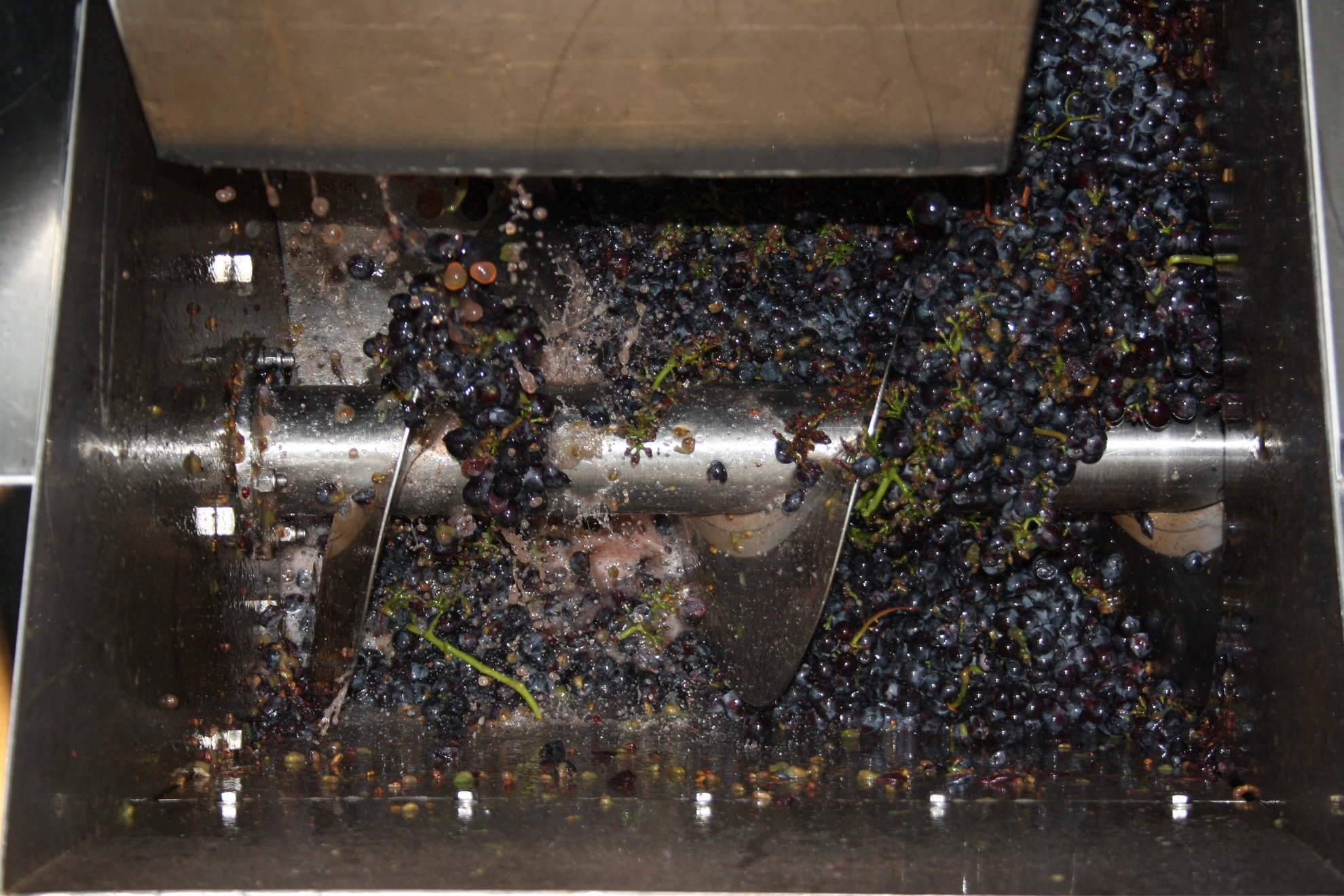
Our ancestors pressed grapes with their own bare feet in vats; today freshly harvested grapes are pressed mechanically, with the use of specific, latest-generation machinery. Pressed grapes then undergo a process of spontaneous fermentation in steel at controlled and constant temperatures, a fundamental step of vinification during which indigenous yeast turns sugars into alcohol.
After the action of machines, for around 20-25 days air completes the most important task of all: already in this step the organoleptic properties of the future wine emerge.
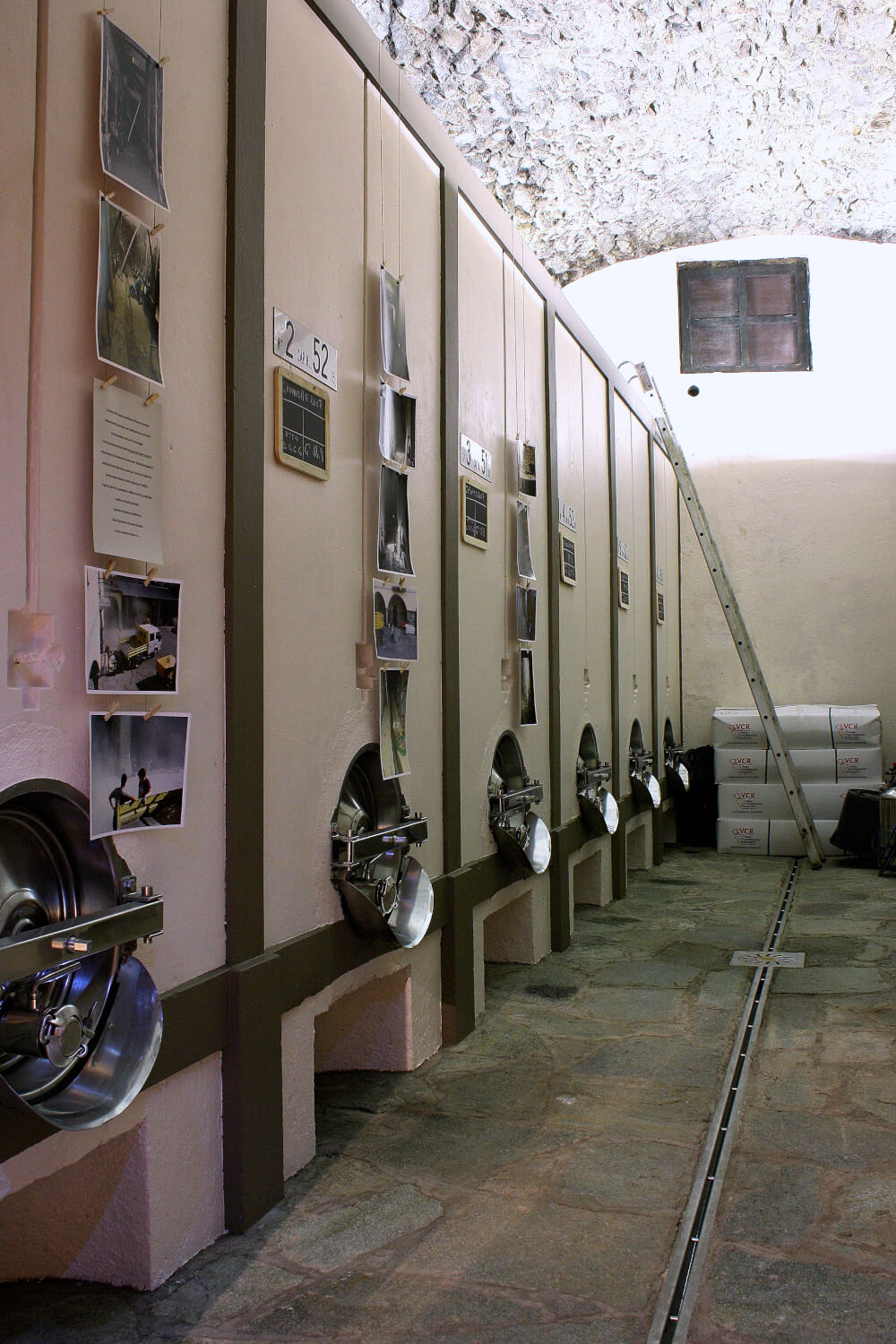
After fermentation, must is left in vitrified cement tanks for a year, the time it takes for a natural decantation process to take place, resulting in the separation of wine from residues (referred to as "lees"). The elimination of lees, which deposit on the bottom of the tank over time, ensures the removal of substances and fragments which may compromise the aroma of wine or alter its flavour.
Days, weeks, months: as wine takes a well-earned rest, time exerts its indispensable purifying effect, clarifying the liquid.
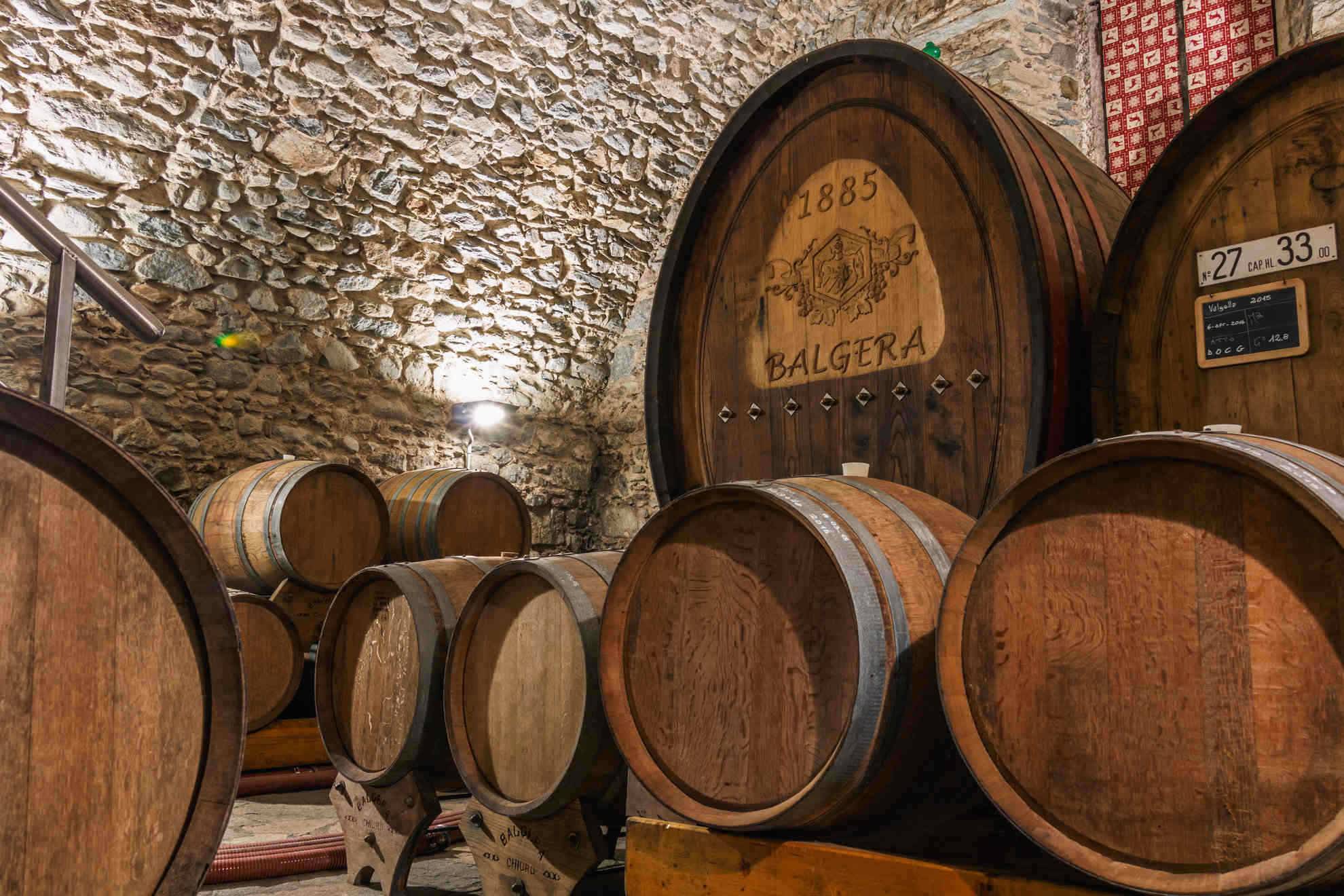
The resulting wine, which has preserved the characteristics of grapes every step of the way, now undergoes a final ageing process in Slavonian oak barrels, ranging from 50 to 100 hectolitres in volume, for 10 years on average. During this time our wine achieves a completely natural balance (the Nebbiolo variety contains a marked tannic and acidic component), developing it distinguishing organoleptic qualities and fragrances as it ages.
We entrust our wine to time: the fruit of our work starts with a long and intense dialogue with wood, in which the excellence of our products ripens.
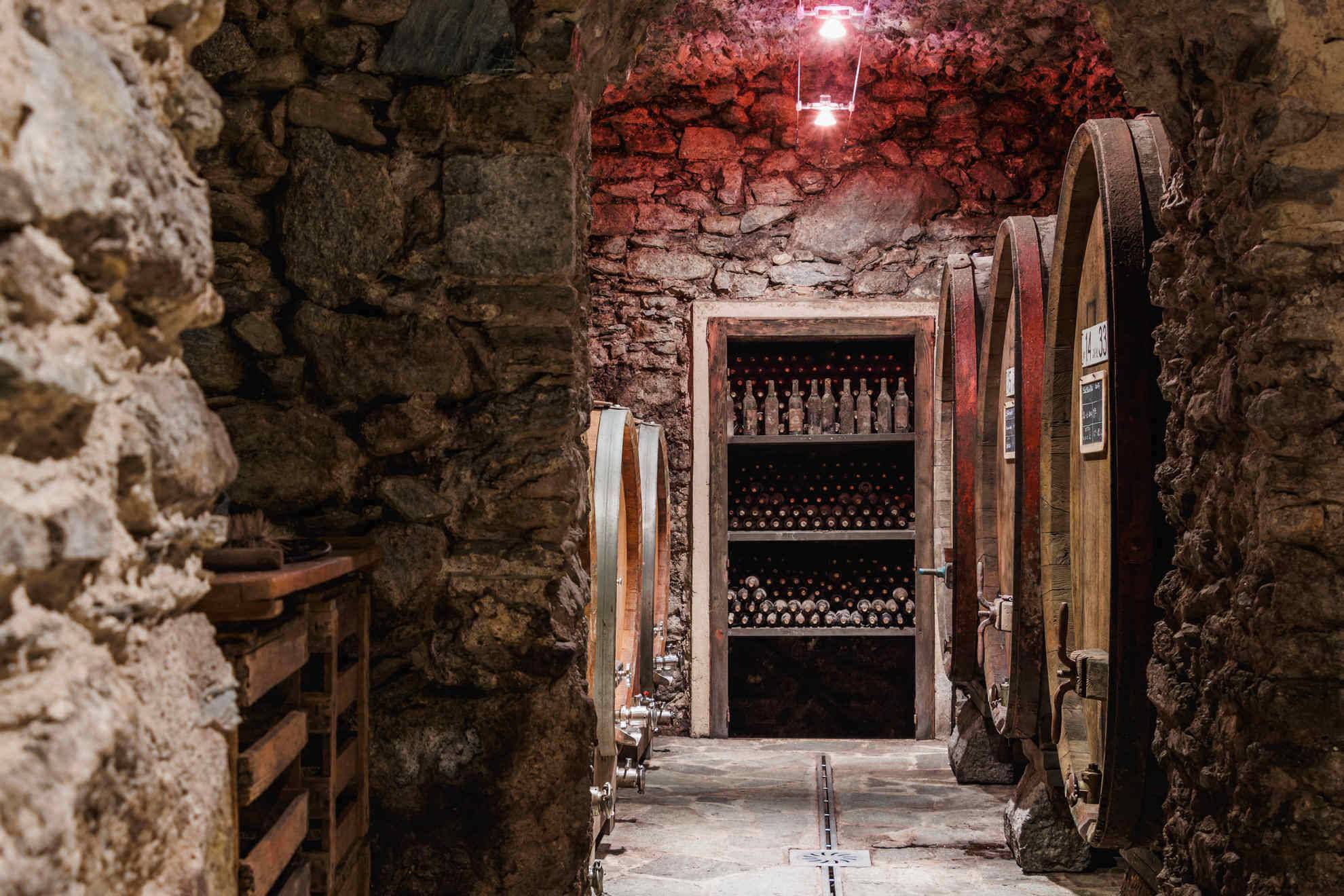
Once the ageing process draws to a close in barrels, a period of time which varies in length, based on multiple factors, wine is left to age in the bottle for around a year. The wine, after a lengthy period of time in contact with wood, has by this point taken on its characteristic aromas and fragrances and now forges a relationship with glass, culminating in its definitive maturation, the completion of its structure and aromatic range.
The quiet intimacy of the cellar is the setting for the final step in the vinification process: after a lengthy period of rest, the wine is ready to be served at the table.
